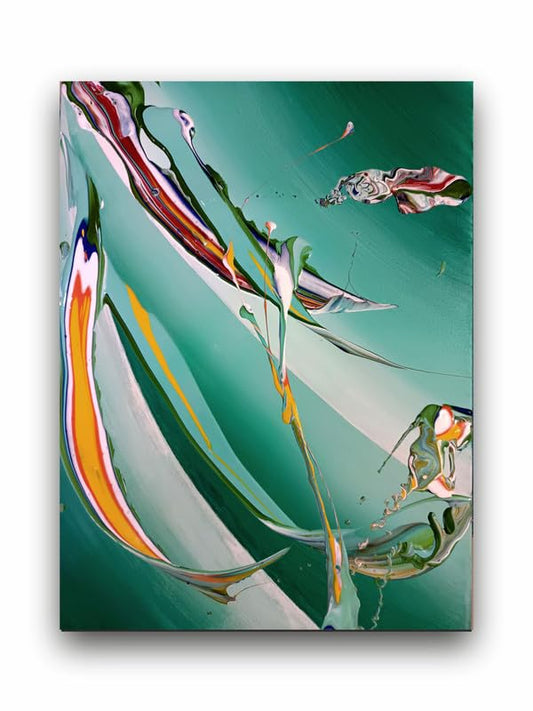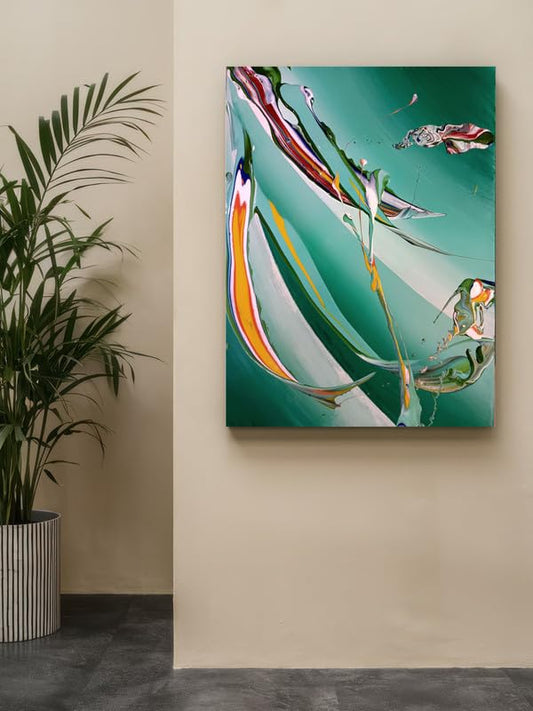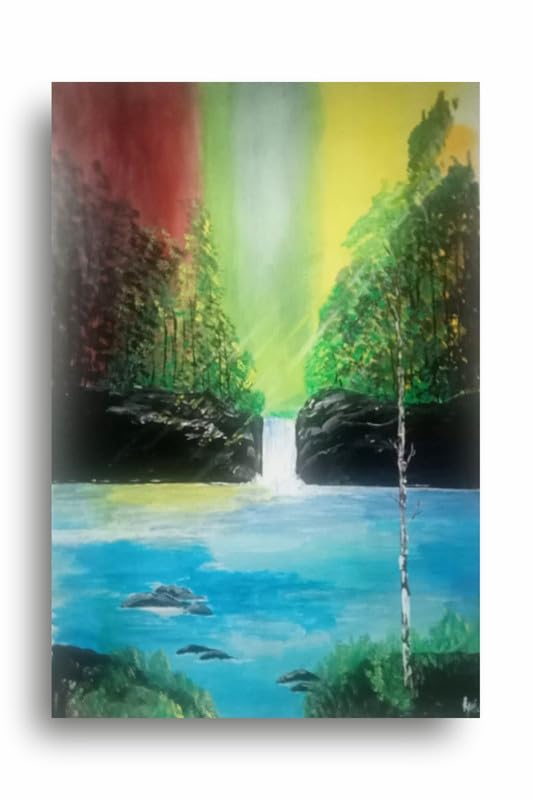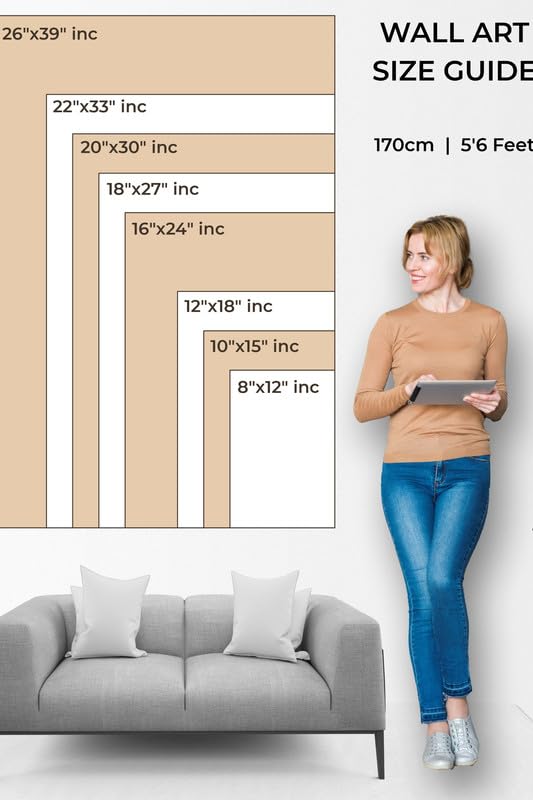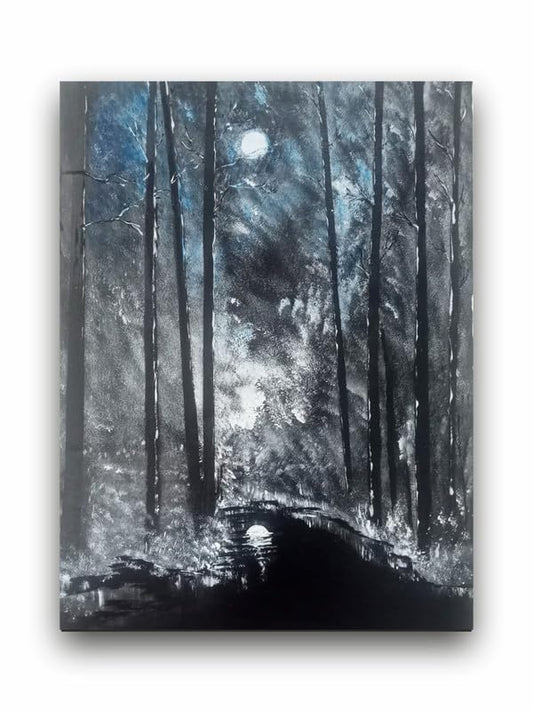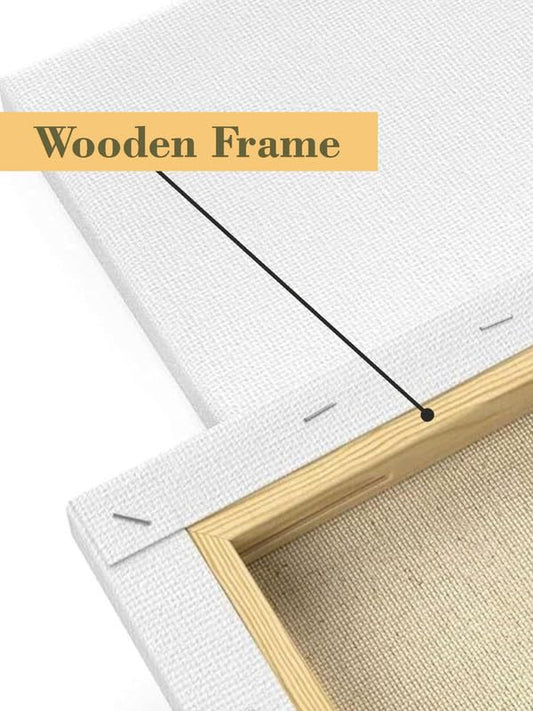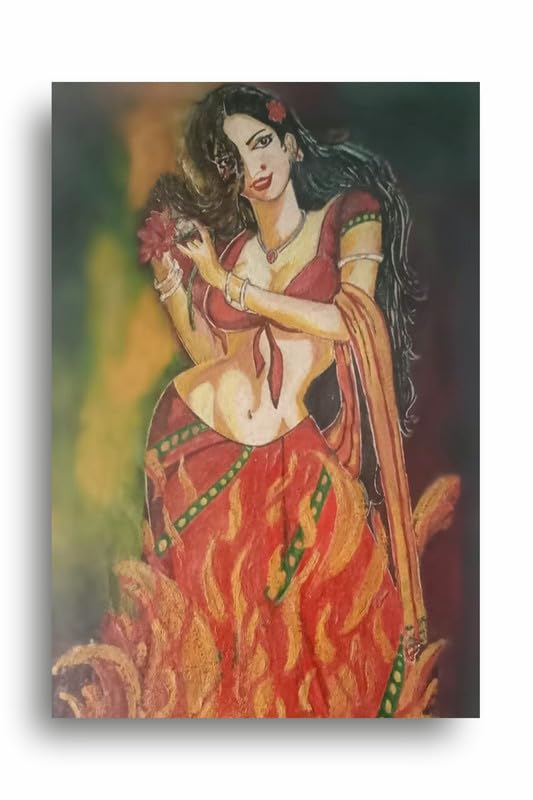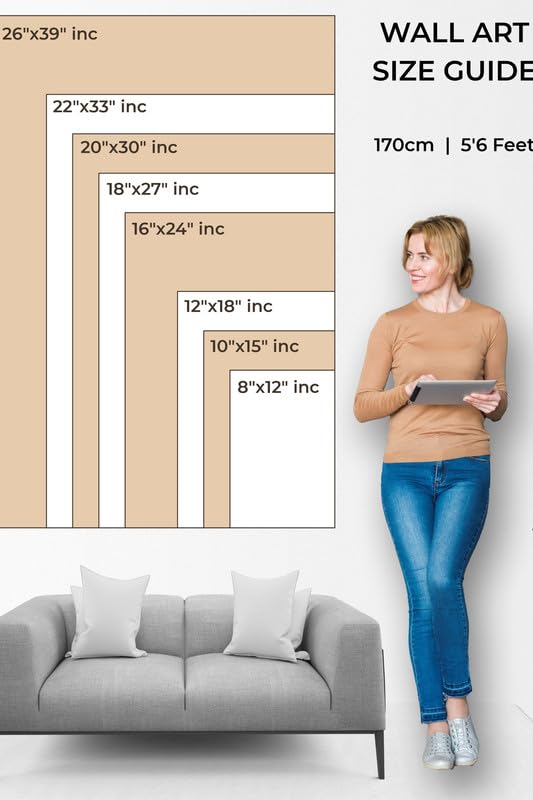
The role of spontaneity in the making of abstract art
The role of spontaneity in the making of abstract art
Abstract art has always been considered to be an exploration of color, form, and emotion, built on spontaneity whether related to color, form, or complex human emotion. It differs profoundly from other more conventional and static forms of art, where work is developed around precision techniques, proportions, or representations. Spontaneity in the creation of abstract art has an important role: artists are liberating their subconscious minds to express feelings, ideas, and concepts without shackles and constraints.
Basic to spontaneity in abstract art is the artist's ability to be in the moment, responding more or less instinctively to the materials and moods. The unplanned nature of this approach goes a long way in defining the abstract process, giving the artistic piece its freedom. For instance, many abstract artists use gestural movement and impulsive decisions to build work themselves, either Jackson Pollock or Willem de Kooning. For example, with Pollock's "drip" paintings, it was only the occurrence of random movements by his body and hands which allowed the paint to fall in a chaotic way that made these paintings famous. The point is this: randomness creates the possibilities to explore not only visual compositions, but also what one's emotions and subconscious reactions to the world are.
This is because spontaneous creation, by its nature, is random; thus the work has a tendency to evolve as it moves along. At one point or another, a stroke, splash, or mark leads the artist to a whole new location. Such a fluid process, forever changing, embodies the very essence of life, oft turbulent, explosive, and without filter. Abstract artists embracing spontaneity are thus freeing themselves from rules encasing traditional art-making, infusing their work with something rawer and authentically true.
As such, spontaneity also creates the atmosphere whereby errors or "happy accidents" become part of the final product. A flaw is transformed over time to be something which defines the work; in this, a near sense of discovery and exploration surrounds the piece. The connection between the artist and the canvas may be just as crucial as the final result.
Hence, the ultimate conclusion is that spontaneity-the vital ingredient of abstract art-makes artists break all boundaries and express emotions and feelings closest to their inner self. It injects unpredictability, rawness, and authenticity into the making of the final product of abstract art, so that every piece is a reflection of both the momentary creation and the inner world of the artist.
The role of spontaneity in the making of abstract art

